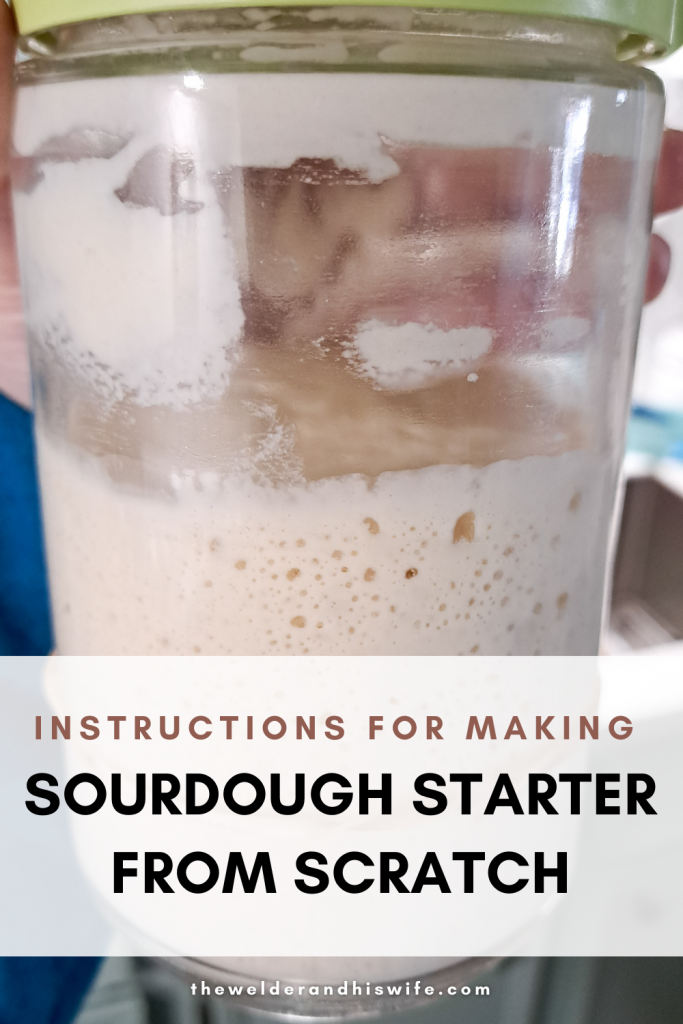Full instructions for making sourdough starter from scratch, with FAQ and general maintenance tips. I’m attaching a printable set of instructions so you can keep it with your budding sourdough starter!
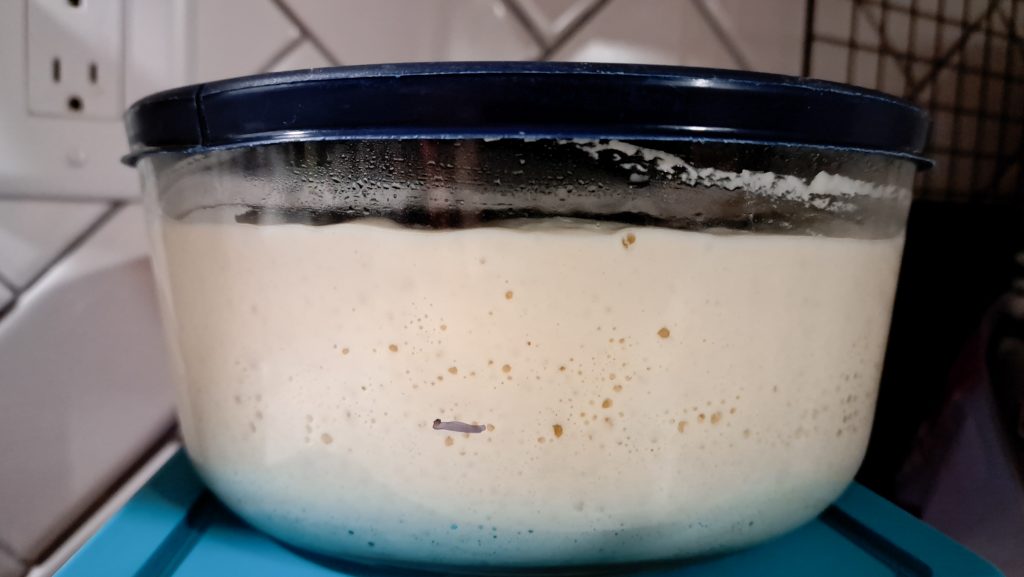
Definitions
- Starter: naturally occurring yeast that is living in a water/flour mix that acts as leavening for bread and other baked goods
- Discard: the portion of a starter that is thrown away or discarded either during the initial stages of creating a starter, or from a mature starter that is too large to feed sustainably
- Feeding: to add and combine equal measures of water and flour to match the weight of your existing starter
- Fed: a starter is considered fed when it has doubled (or even tripled) in size due to bacterial activity and the bubbles have grown and risen the starter. This is usually 4-12 hours, but can be as few as 2 depending on your room temperature and how much you fed your starter.
Materials for making sourdough starter from scratch
- A glass jar or glass tupperware with a loose fitting lid
- A kitchen scale
- Measuring cups if you don’t have a scale
- A wooden spoon for stirring
- Water, preferably filtered
- Unbleached All Purpose Flour (you can use many different types of flour, even gluten free though ratios may vary, but it is important that you use unbleached flour, as bleached flour doesn’t contain the important naturally occurring bacteria that make sourdough beneficial and successful)
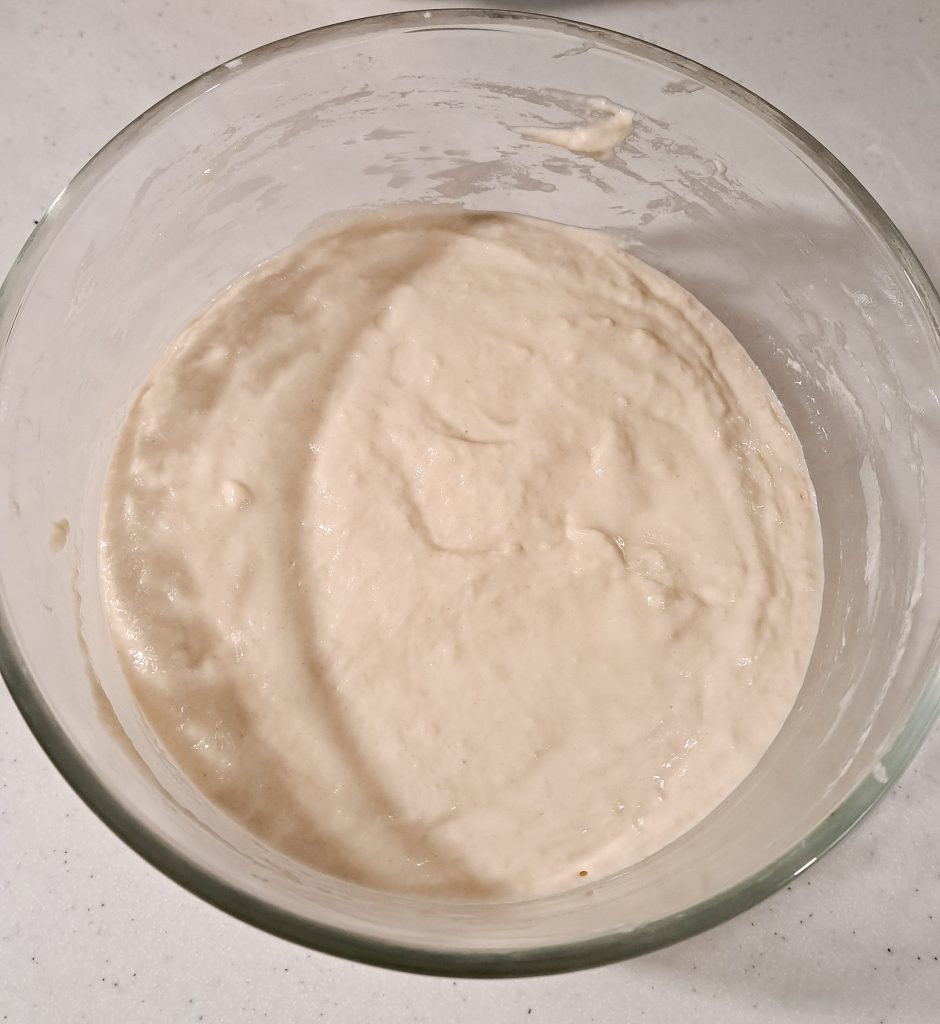
Process for making sourdough starter from scratch
- Combine 100g filtered water with 100g all purpose flour in a glass jar or container. Use a wooden spoon to combine thoroughly. Cover lightly, with a loose lid or a cheesecloth or paper towel and rubber band. Allow this to sit at room temperature for 24 hours. Your starter weighs about 200g.
- After 24 hours, discard about half of your mixture. (You can throw this away rather than using it in a “sourdough discard recipe” because there is no leavening action yet at all.) Your starter now weighs about 100g.
- Feed your starter by adding 100g water to it, stirring a bit, and then adding 100g all purpose flour. As before, stir to combine thoroughly. Cover lightly and allow to sit for another 24 hours at room temperature. Your starter weighs about 300g.
- After 24 hours, your starter should be starting to produce some bubbles, but if it isn’t, don’t worry and continue on. Discard ½ to ⅔ of your starter. It will be between 100g and 150g. Feed it it’s weight in flour and water again. If it weighed 100g add 100g water, 100g flour. If it was 150g, add 150g water, 150g flour, and it will come out to about 450g. Wait another 24 hours.
- If your starter does not have bubbles and isn’t rising yet after this 24 hour period, you may not be using unbleached flour or filtered water, or there may be some environmental issue like being too cold. Starters rise best in a warm but not hot environment.
- The best test to see if your starter is ready for baking is to take a teaspoon of it and drop it gently into a small bowl of water. If it floats it is ready for baking. If it sinks it needs to be fed again and then wait until it has doubled and try the float test again.
- If the starter is doubling and bubbling and passes the float test, you have successfully created your sourdough starter.
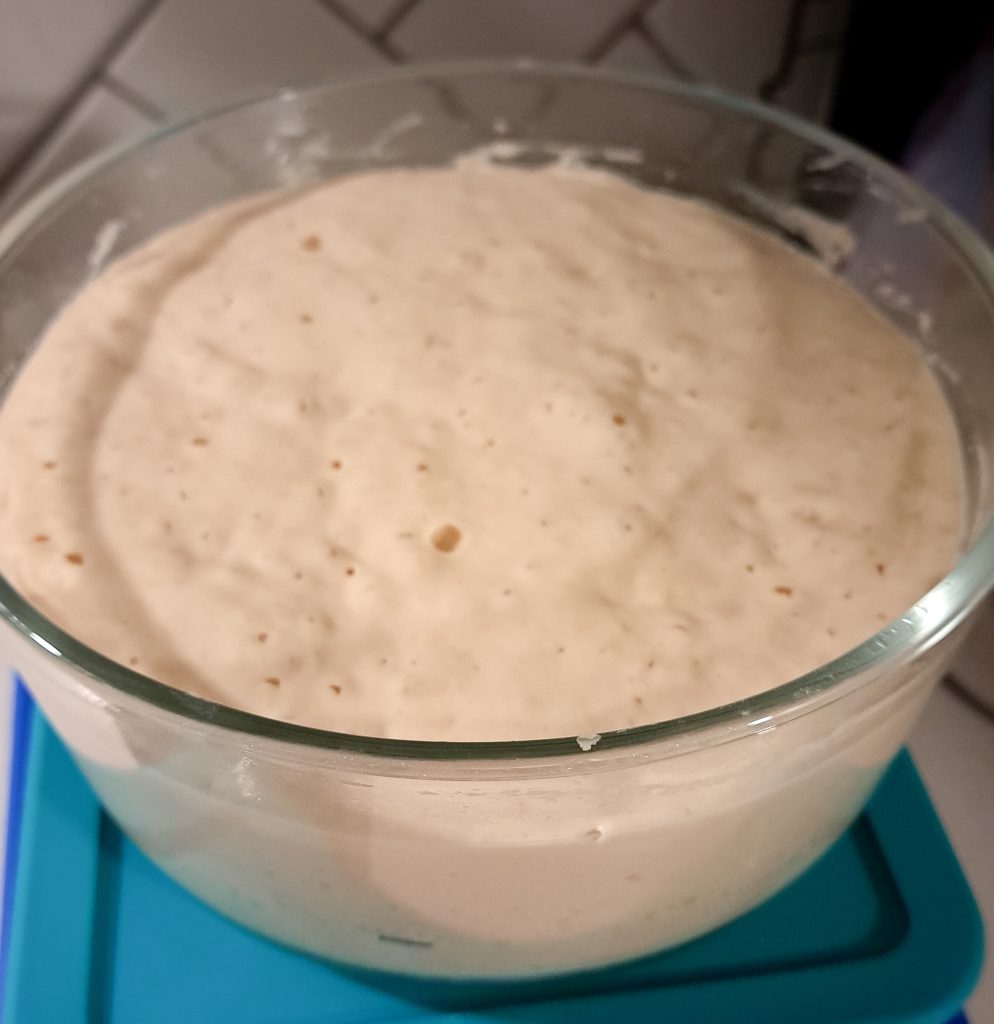
Common Questions About Sourdough Starter
- Why do we discard with a mature starter? If we do not discard and simply continue to feed our starter it will grow exponentially. 100g + 100g = 200g. If you don’t discard some of the 200g then you’ll feed it 200g water + 200g flour = 600g starter. Next time you’d have to feed it 600g flour and 600g water and come to 1800g starter, so clearly this is not an option. To avoid discard see Maintenance section below.
- How can I “pause” using my starter? Feed it and then as it begins to activate, put it in the refrigerator. It can be refrigerated for up to 2 weeks between feeds. See Maintenance section below.
- Can I use my starter right after feeding it? Even a mature sourdough starter isn’t considered active starter ready for baking recipes until it has been fed and allowed to double in size, so normally you’ll have to feed it at least 2-4 hours ahead of using it in a recipe.
- What is the dark liquid on the surface of my starter? This liquid is called “hooch” for unknown reasons. It is actually totally normal and part of the bacteria’s process. Simply stir it back into your starter when you feed it.
- What is a discard recipe? A sourdough discard recipe is a recipe that doesn’t require the starter to be active and doubled before use. So it can either be past the peak and fallen back down, or it can be fed but not yet doubled, or sometimes it can even be directly out of the refrigerator without being fed at all. It is good to read these recipes in detail to see if the author has a recommendation, but these recipes are always easiest because you don’t have to use your starter at it’s peak rise.
- What are ideal conditions for starter to rise? Your starter will do best at room temperature or a little warmer. For a quicker rise in a cold kitchen, place your jar of starter on top of the refrigerator since heat rises (especially from appliances) or put it in the oven with the light turned on but the oven itself turned off. Be cautious with this however as it can get too hot and heat over about 100F can kill the bacteria in your starter and you may have to begin from scratch.
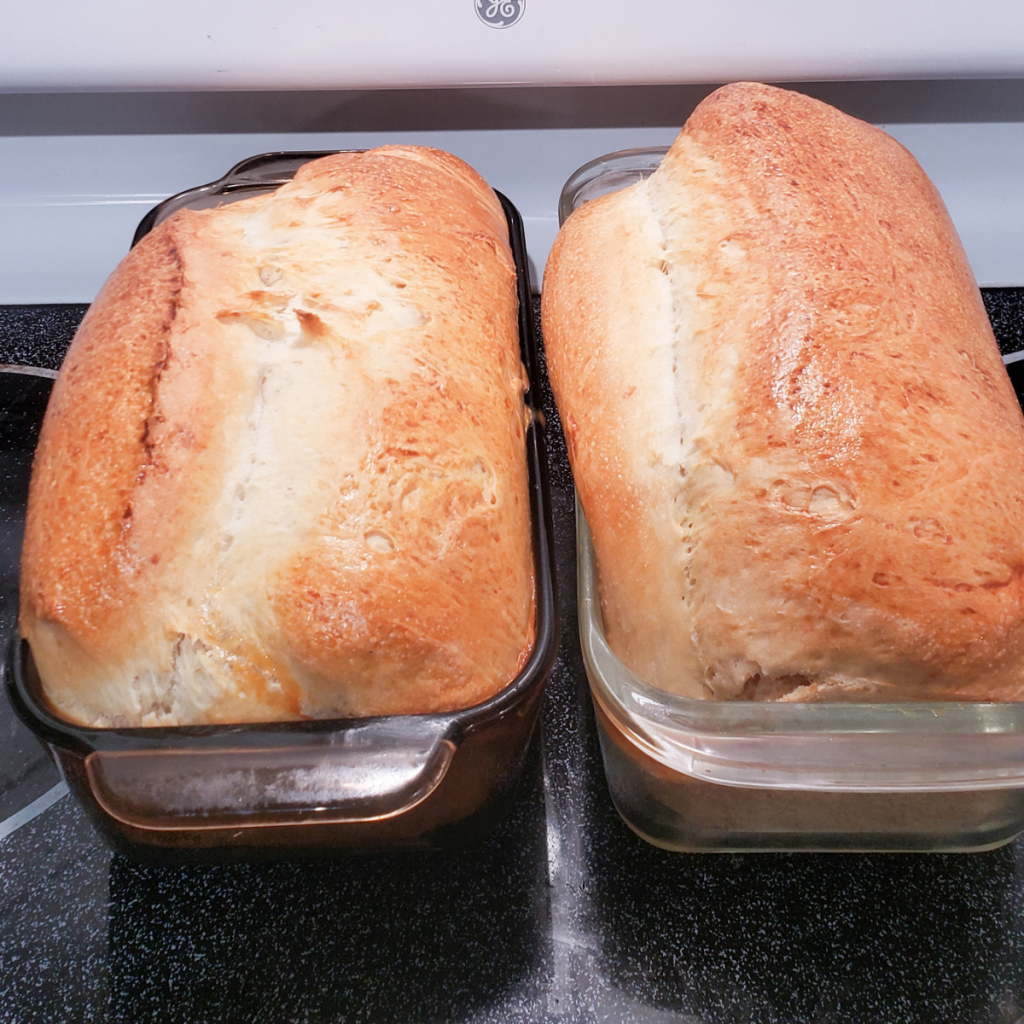
Maintaining Sourdough Starter
Counter Method: If you will be baking daily it makes the most sense to keep your starter on your counter and feed it as needed. This will result in discard because you will have to feed it it’s weight in water and flour but will likely not use it all in your baking. You can keep the “discard” portion in a separate container and use it in discard recipes (which can be found all over the internet) or you can throw it away completely if you don’t mind the waste or have no purpose for it.
With an established starter I have never had discard and I do not save discard for separate recipes. Instead, I refrigerate between uses since I almost never use my starter more than one or two days of a week, and often go much longer in between uses.
Refrigerator Method: In order to “pause” your starter, feed it and refrigerate it. It is recommended to feed it every week or two so that it doesn’t starve. I have left sourdough starter unsupervised and unfed in my refrigerator for over two months, and once I’ve pulled it out and fed it, it has revived without any issues at all. Simply allow it to come to room temperature and feed it as usual. It may require an extra feeding to be happy and pass the float test.
When I use my starter for baking I try to make sure I only have a little bit left over to feed and refrigerate, so that the total amount I refrigerate is in the ballpark of half a cup or less. This way when I pull it out to feed and use again, I am neither wasting discard nor making an enormous batch of anything to avoid discarding.
Where to Find Recipes for Your Sourdough Starter
There are countless blogs and recipe books dedicated specifically to sourdough recipes and other fermented foods. These are a few of my favorite places to find recipes that my family has enjoyed.
